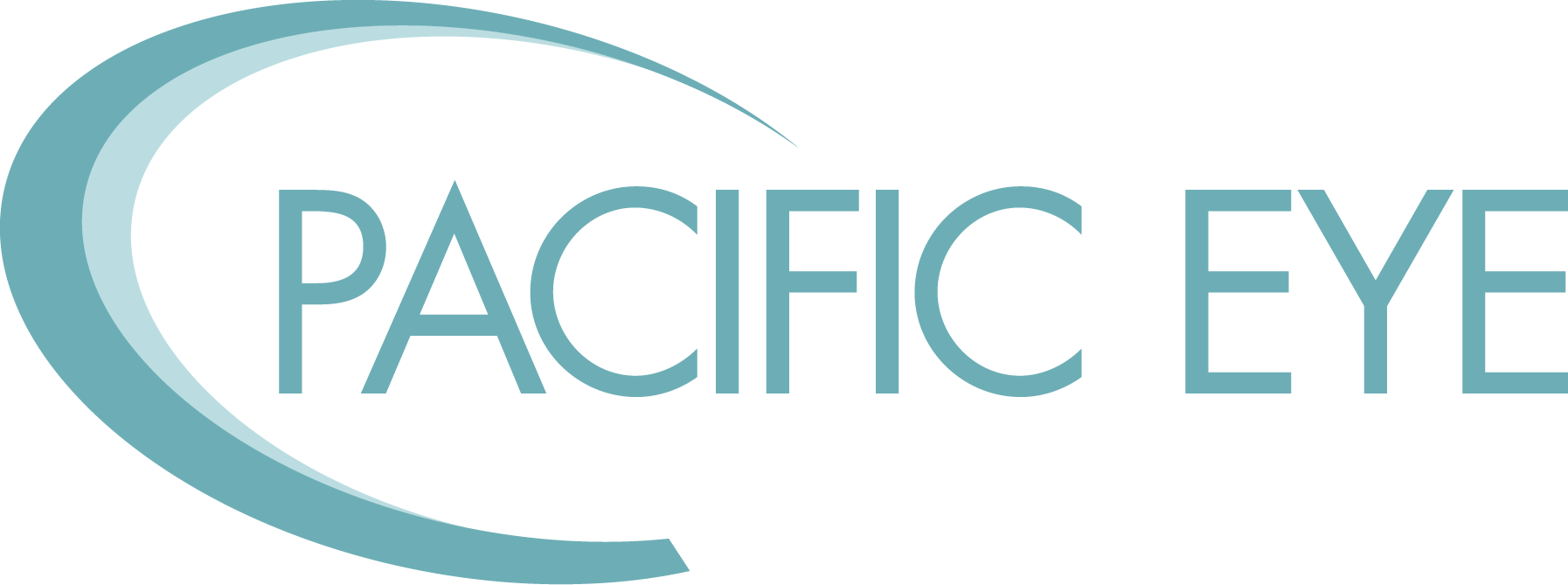In recent years LASIK (Laser-Assisted in Situ Keratomileusis) has become a popular and transformative procedure for individuals seeking freedom from glasses and contact lenses. As technology continues to advance, the future of LASIK looks promising with 2024 vision trends, the latest advancements in LASIK technology, poised to enhance the safety, precision and effectiveness of this vision correction surgery.
One of the key advancements in LASIK is the integration of wavefront technology. This technology allows for a more personalized treatment approach by mapping the unique imperfections of the cornea. By capturing a detailed three-dimensional image of the eye, surgeons can tailor the LASIK procedure to address specific visual aberrations, leading to better visual outcomes and reduced risk of side effects.
Traditionally, LASIK involved using a microkeratome, a blade-like instrument, to create the corneal flap before reshaping the cornea with a laser. The advent of femtosecond lasers has revolutionized this process. Femtosecond lasers use ultra-short pulses of light to create a precise and customized corneal flap, offering increased safety and accuracy compared to traditional methods. This innovation has significantly contributed to the overall success and acceptance of LASIK.
The integration of artificial intelligence (AI) into LASIK procedures is another exciting development. AI algorithms analyze vast amounts of patient data to enhance surgical planning and predict outcomes. This technology assists surgeons in making more informed decisions, improving the predictability and reliability of LASIK results. AI also plays a role in post-operative care, optimizing recovery plans based on individual patient responses.
LASIK has predominantly been associated with correcting nearsightedness, farsightedness and astigmatism. However, new technologies are now addressing presbyopia, an age-related condition that affects near vision. Accommodating intraocular lenses and multifocal LASIK procedures are being developed to provide a comprehensive solution for individuals dealing with presbyopia, allowing them to enjoy clear vision at various distances without the need for reading glasses.
In addition to traditional LASIK procedures, corneal cross-linking is emerging as a complementary technique. This procedure strengthens the cornea by promoting collagen, reducing the risk of complications such as ectasia. Combining LASIK with corneal cross-linking may become a standard practice, enhancing the long-term stability and safety of vision correction surgeries.
The future of LASIK is marked by a convergence of cutting-edge technologies, each contributing to the refinement and expansion of this transformative procedure. As wavefront technology, femtosecond lasers, artificial intelligence, presbyopia correction and corneal cross-linking continue to evolve, LASIK will enjoy improved outcomes, increased patient satisfaction and a broader range of vision correction options. Individuals considering LASIK in the future can anticipate a safer, more personalized and technologically advanced experience, ultimately leading to clearer vision and an enhanced quality of life.
If these 2024 vision trends, the latest advancements in LASIK technology, are of interest to you, contact Pacific Eye Surgeons at 805-545-8100 for an appointment to learn how they can be applicable to your eyecare needs. As advancements continue to unfold, we will update here WEBSITE.







